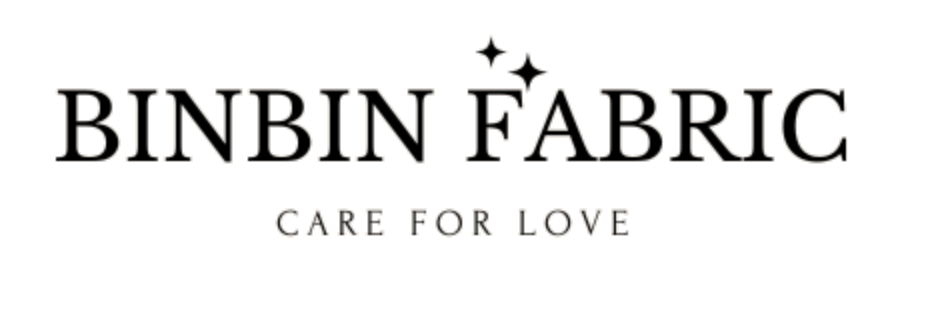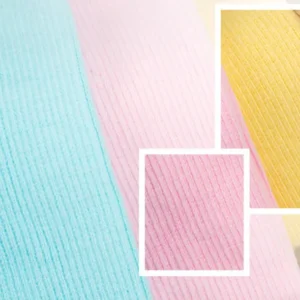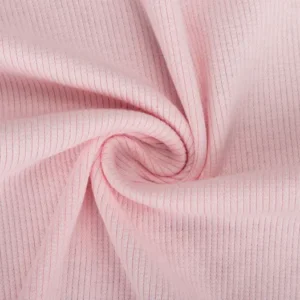Do you know the different between 1×1 and 2×2 rib? The ribbed knit fabric is for cuffs and hems,sleeves and legs, necklines and collars.
In knitting, the term “rib” refers to a type of stitch pattern that creates a textured fabric with alternating rows of knit and purl stitches. The “x” and “y” values in “x1 rib” and “2×2 rib” refer to the number of knit stitches followed by the number of purl stitches in each row.
Here are the key differences between 1×1 rib and 2×2 rib:
1×1 Rib (also known as Plain Rib or Single Rib)
- Each row consists of one knit stitch followed by one purl stitch, repeating.
- The fabric has a subtle texture, with a gentle “ribbing” effect.
- The 1×1 rib is often used for cuffs, hems, and other areas where a subtle texture is desired.
- It’s a good choice for projects that require a bit of stretch, such as hats, scarves, and sleeves.
2×2 Rib (also known as Double Rib or Rich Rib)
- Each row consists of two knit stitches followed by two purl stitches, repeating.
- The fabric has a more pronounced texture, with a deeper “ribbing” effect than the 1×1 rib.
- The 2×2 rib is often used for cuffs, collars, and other areas where a more textured fabric is desired.
- It’s a good choice for projects that require a bit more structure and stability, such as sweaters, cardigans, and blankets.

Sum for the 1×1 and 2×2 ribbed fabric
Although both 1×1 and 2×2 ribbed have some amount of spandex, normally up to 3%.
The main differences between 1×1 rib and 2×2 rib are:
- The degree of texture: 2×2 rib has a more pronounced texture than 1×1 rib.
- The amount of stretch: 1×1 rib is generally more stretchy than 2×2 rib.
- The use case: 1×1 rib is often used for projects that require a bit of stretch, while 2×2 rib is often used for projects that require a bit more structure.
That’s all information from BinBin Store classroom. If you need ribbed fabric for your diy sewing, you can click here for more.




